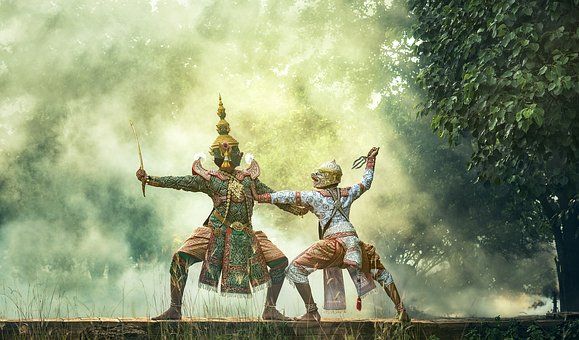Understanding Culture Ill-Folklore
Jun 14, 2019 • 1 view
The last part of this series shall deal with -Indian History, which shall be discussed with reference to folklore. In India, folklore is omnipresent, they pervade every strata of society in different forms. “ City and village, factory and kitchen, Hindu, Buddhist, and Jains, Christian, and Muslim, king, priest, and clown, the crumbling almanac and the runaway computer”[1]—all are permeated by the tradition of folklore.

These folklore travel with people-a person hears it from someone, he retells it to someone else who further narrates it to a third person. In this manner, the folklore gets reshaped with some new additions and leaving out some details every time it is retold to a new person. Thus, this folklore cannot be standardized since they keep changing with every re-telling. Even classics such as the Ramayana has endless variations and versions- Countless versions exist, written, sung, danced, and sculpted in South and Southeast Asian languages. Media plays a very crucial role in distorting history and thereby not allowing it to get standardized. We have several period-based and mythological shows on television based on historical figures such as Rani Lakshmi Bai, King Ashoka, Shivaji, Peshwa Bajirao, and Chandragupta Maurya. However certain incidents and characters shown on the show did not actually happen or exist. Even two shows based on the same figure or event can have contradictions and might not be based on actual historical facts. Thus, even episodes in pasts can have variants and disparities, modifying and altering the Indian history. If we take the example of India’s struggle for Independence, the Indians would have their own version of it and the British would have a different account of it. Therefore, it can be deduced that culture with regard to Indian history cannot be stereotyped into a single, set idea or event.
[1] Ramanujan,A.K.Who needs Folklore?pg4
